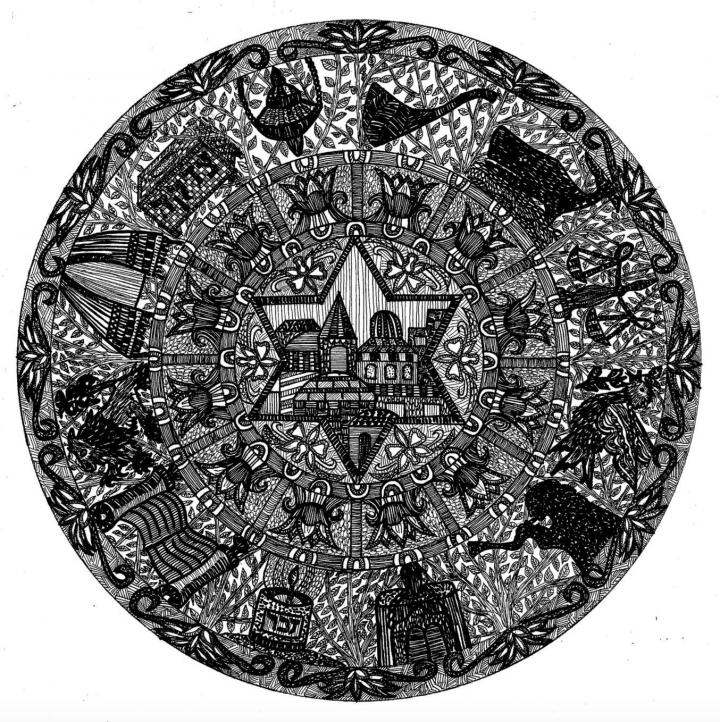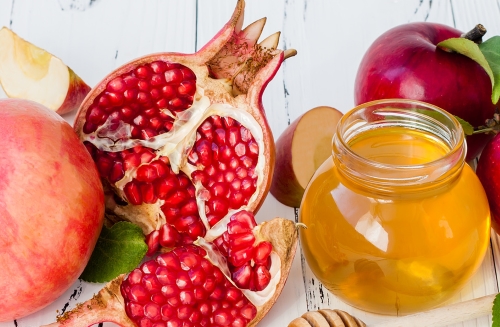
Rosh Hashanah Date, Meaning, and Traditions
ADVERTISEMENT
Just wondering why there is a recipe for apples rolled in honey and nuts when you stated that nuts are to be avoided?
Simply, thanks.
Happy new year! A time to recommit our dedication to the Creator most high. A time to wait for the coming of the Messiah. For some it will be the first coming, for some it will be the second. Search the scripture to know him!
Isaiah 7:14 Therefore the Lord Himself will give you a sign: Behold, the virgin shall conceive and bear a Son, and shall call His name Immanuel.
Deuteronomy 18 18 I will raise up for them a prophet like you from among their fellow Israelites, and I will put my words in his mouth. He will tell them everything I command him. 19 I myself will call to account anyone who does not listen to my words that the prophet speaks in my name. 20 But a prophet who presumes to speak in my name anything I have not commanded, or a prophet who speaks in the name of other gods, is to be put to death.”
21 You may say to yourselves, “How can we know when a message has not been spoken by the Lord?” 22 If what a prophet proclaims in the name of the Lord does not take place or come true, that is a message the Lord has not spoken. That prophet has spoken presumptuously, so do not be alarmed.
Psalm 118 22 The stone which the builders refused has become the head stone of the corner.
Romans 11 11 Again I ask: Did they stumble so as to fall beyond recovery? Not at all! Rather, because of their transgression, salvation has come to the Gentiles to make Israel envious. 12 But if their transgression means riches for the world, and their loss means riches for the Gentiles, how much greater riches will their full inclusion bring! (Apostle Paul pleading for the Jews to join the church of Christ.)
Shalom
A good and sweet year! We always gather as an extended family for candle lighting and dinner on erev (Eve) Rosh Hashanah. I love the High Holidays, it’s the halfway point after it before Pesach (Passover) and my family all gets together and has a great time for both. Even though there’s absolutely no relation to Easter or Christmas I suppose the family gathering and special time of year feeling is the same. We also have a creek near my parents house where we do tashlich. It rains half the time and it’s always a fun memory walking down the road in a group with our umbrellas. Our aunt will be 95 this year and she walks too!
Rosh Hashannah begins tonight 9/29 at sunset. Not on September 30 as your chart says!!
Celebrating! The word Teru'ah does mean sounding but not just the shofar. It is a time for all to acknowledge Yehovah verbally in unison. I love this time of year because we see the changing of the leaf colors which is a picture of us changing our way of life as in Yom Kippur. Hoping all that celebrated this month have a blessed and happy time.











